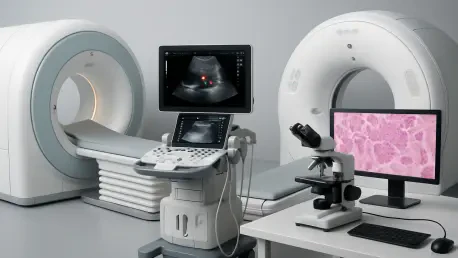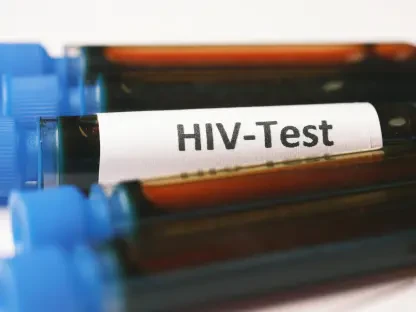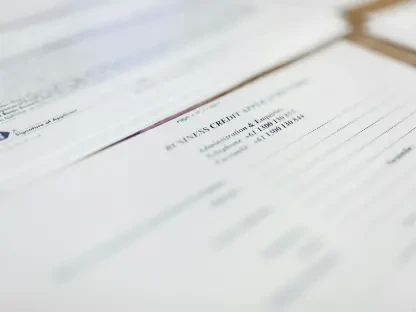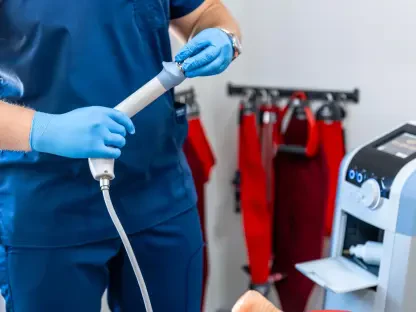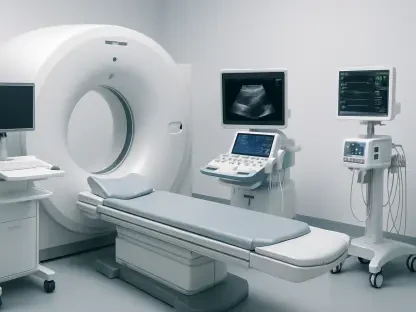In the fast-evolving world of medical devices, maintaining compliance with regulatory standards is vitally important. James Maitland, an expert in robotics and IoT applications in medicine, shares insights into the recent developments with Q’Apel Medical, a company that faced significant challenges after an FDA warning led to the recall of its clot removal devices. His expertise provides an in-depth understanding of the situation and potential implications for the broader industry.
Can you provide a brief overview of Q’Apel Medical and its products?
Q’Apel Medical is known for developing advanced solutions to assist in treating vascular conditions, particularly those causing strokes. Their devices, like the Hippo 072 Aspiration Systems and Cheetah Delivery Tools, are specifically designed for the removal of blood clots in the brain—a critical intervention for strokes. The devices are vital in managing cases where patients cannot receive drug-based clot dissolution or when such treatments fail.
What led to the FDA’s warning letter to Q’Apel Medical regarding the Hippo 072 Aspiration Systems and Cheetah Delivery Tools?
The FDA’s warning was primarily due to concerns about the devices’ tips. During an inspection, the FDA discovered that the distal nitinol tip was different from what was described in Q’Apel’s 2022 510(k) filing. The submitted documentation lacked crucial details concerning the tip’s ability to expand and compress, raising safety concerns.
Could you explain the specific concerns the FDA raised about the device’s tip?
The FDA was alarmed because the device’s capability to change its diameter and compress its length was not documented in the original submissions. This missing information could have critical implications for the device’s performance and safety, potentially leading to unpredictable outcomes during its use.
What are the potential health risks associated with using these recalled devices?
The use of these devices, as the FDA highlighted, carries severe health risks, including vessel contractions or tears and even death. These risks arise when the device’s performance deviates from expected standards, particularly in sensitive areas like the brain’s vascular system, where precision and predictability are paramount.
How has the company responded to the FDA’s warning letter and subsequent recall?
In response to the situation, Q’Apel promptly initiated a recall of the affected devices, advising customers to quarantine and return them. They offered credit in exchange. This proactive measure shows the company’s commitment to addressing FDA concerns and prioritizing patient safety.
Can you shed light on the specific injuries linked to the recalled devices?
The reported injuries from the use of these devices included a tip detachment, a vessel rupture, and a contraction. Each of these incidents underscores the seriousness of the potential failures in these medical devices, with the capability to significantly affect patient outcomes.
How many units were affected by the recall, and what actions were customers advised to take?
The recall involved 1,617 units, and customers were instructed to stop using the devices immediately and return them for credit. This approach was chosen to ensure that potentially faulty devices were swiftly removed from clinical environments to mitigate further risks.
Why did Q’Apel decide not to pursue a new regulatory pathway for the recalled devices?
Q’Apel chose to discontinue these products within the context of a broader strategic shift towards embracing new technologies. Rather than navigate the lengthy regulatory process anew, they opted to focus their resources on developing advanced solutions aligning with their future vision.
How does Q’Apel plan to shift toward newer technologies as part of its strategic change?
The company is likely looking to innovate with cutting-edge technologies that better incorporate advancements in the medical field, particularly those that enhance safety and efficacy. This could include leveraging advancements in robotics and IoT, areas where James’ insight could predict significant leaps forward.
What other factors might have contributed to the adverse events reported in relation to the recalled systems?
Beyond the tip design concerns, there might be other device-specific or operational factors at play, common to all aspiration catheters. These could include variations in manufacturing or handling, operator techniques, or patient-specific anatomical challenges—all aspects requiring thorough investigation.
How did Q’Apel determine the known risks associated with all aspiration catheters?
Q’Apel likely conducted a comprehensive risk assessment, benchmarking against industry standards and scrutinizing past performance data to understand inherent risks. This process is critical to ensuring that any deployed medical device has clearly defined risk parameters.
Are other companies facing similar issues with the FDA regarding changes to medical devices?
Yes, Q’Apel isn’t alone. Many companies have received FDA warning letters for not properly updating the agency about changes. For instance, companies like Abbott and ICU Medical faced scrutiny for unapproved design modifications. These cases highlight a growing scrutiny environment around regulatory adherence.
What measures can companies take to avoid receiving a similar warning letter from the FDA?
Companies must maintain meticulous documentation of all changes and ensure timely, transparent communication with the FDA. Regular audits, both internally and by third-party professionals, can be beneficial in identifying and correcting potential compliance lapses early.
How might this incident impact Q’Apel’s reputation in the medical device industry?
Reputation-wise, this incident could bring about short-term challenges. However, if Q’Apel demonstrates a swift and effective resolution while adopting new, compliant technologies, it could eventually strengthen trust among stakeholders as a learning opportunity and commitment to safety.
What future steps is Q’Apel Medical planning to enhance its compliance with FDA regulations?
Moving forward, Q’Apel will likely bolster its regulatory team and invest in improving compliance protocols. They might implement more robust review processes and deepen engagement with the FDA to ensure all products meet stringent safety and efficacy standards before reaching the market.
Do you have any advice for our readers?
For those in the medical device industry, it’s crucial to stay abreast of regulatory changes and proactively engage with governing bodies. Continuous improvement in product documentation and transparent communication can mitigate compliance risks and ultimately enhance patient safety.
